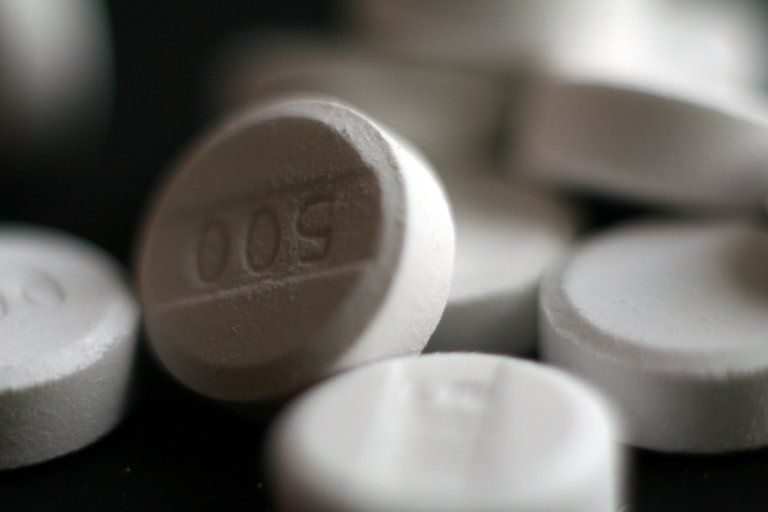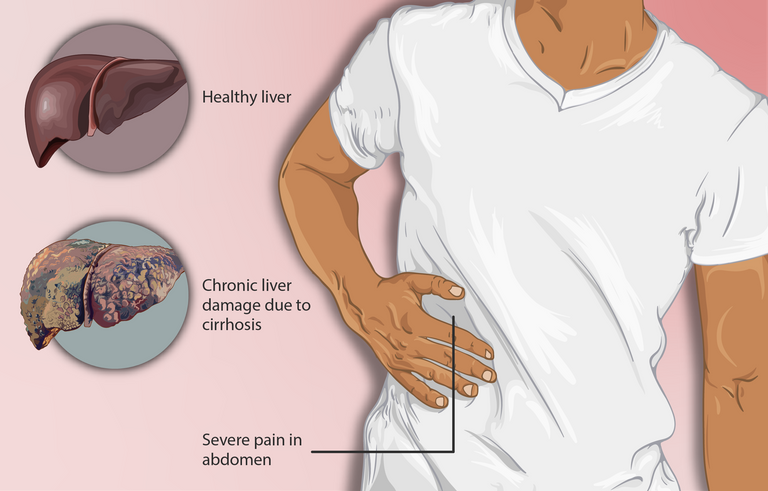Paracetamol (Acetaminophen) Uses, Misuse, and Potential Dangers
Acetaminophen, also known as paracetamol, is a widely recognized and commonly used pain relief medication. It holds a significant market valuation of 9.8 billion dollars as of the end of 2022. It's safe to say that almost everyone has taken paracetamol at some point in their lives, considering its accessibility as an over-the-counter drug.
During my upbringing, I observed adults taking paracetamol at various doses, with some opting for 500mg, most taking 1g, and a few going up to 1.5g in a single dose, reaching a daily intake range of 1.5 to 4.5g. Many individuals would obtain paracetamol without a prescription from a doctor or pharmacist due to its easy availability. However, I want to emphasize the importance of using medications only under the guidance of a medical practitioner, particularly a physician.
As a commonly used drug, paracetamol is sometimes misused by individuals who experiment with it, have a drug addiction, or accidentally take excessive amounts. In the United States alone, it contributes to approximately 56,000 emergencies, 600 hospitalizations, and 500 deaths each year.
Paracetamol functions by reducing the production of prostaglandins in the COX pathway, thereby alleviating pain. When the body experiences an injury, trauma damages the cells in the affected area, and prostaglandins are responsible for triggering fever and vasodilation of blood vessels. Fever is an inflammatory response that aids in the healing process, but it can cause pain. Paracetamol helps by reducing the production of arachidonic acid, which subsequently reduces pain. The recommended maximum dose of paracetamol is 4g. However, what happens if it is taken in an overdose? The answer is YES, it can be toxic and potentially fatal. The toxic dose for an adult is 10 grams, equivalent to 20 pills if each paracetamol pill is 500mg.
Once ingested, paracetamol is broken down in the liver into non-toxic compounds: paracetamol glucuronide, paracetamol glutathione, and paracetamol sulfate. Paracetamol glucuronide constitutes 55%, paracetamol glutathione 15%, and paracetamol sulfate 30% of the breakdown products. However, when excessive amounts are consumed, problems arise. During the conversion of paracetamol glutathione in the liver, a precursor called N-acetyl-p-benzoquinone imine (NAPQI) is formed. NAPQI is highly toxic and can cause significant liver damage when present in large quantities. In moderate paracetamol consumption, it would be quickly converted to paracetamol glutathione. However, when consumed in excess, the pathway is overwhelmed, resulting in an excess of paracetamol glucuronide and paracetamol sulfate, leading to the production of NAPQI.
The damage caused by NAPQI to liver cells can result in liver failure, which can then lead to systemic necrosis, where other organs in the body start to deteriorate. The damage to the liver cells can also contribute to heart failure, as blood flow to the liver is impaired, increasing the workload on the right side of the heart, which may struggle to pump blood effectively.
Although paracetamol overdose can be life-threatening, its fatality rate is relatively low compared to other forms of poisoning. The liver has a remarkable resilience, and it takes about 24 hours for NAPQI toxicity to significantly harm the liver. Individuals who overdose on paracetamol typically experience extreme pain and are promptly taken to the hospital. The administration of N-acetylcysteine, a treatment to reverse the overdose, plays a vital role in mitigating the toxic effects. N-acetylcysteine provides the liver with glutathione, which helps convert NAPQI into less toxic paracetamol glutathione.
REFERENCE
- https://www.futuremarketinsights.com/reports/acetaminophen-market
- https://www.nhs.uk/medicines/paracetamol-for-adults/how-and-when-to-take-paracetamol-for-adults/
- https://www.ncbi.nlm.nih.gov/pmc/articles/PMC1114433/
- https://www.ncbi.nlm.nih.gov/books/NBK441917/
- https://emedicine.medscape.com/article/820200-overview
- https://www.ncbi.nlm.nih.gov/pmc/articles/PMC9764198/
- https://www.mdpi.com/1648-9144/57/8/752
- https://www.statpearls.com/ArticleLibrary/viewarticle/17075


I've really learnt a lot of things here. Thanks so much.
Thanks for your contribution to the STEMsocial community. Feel free to join us on discord to get to know the rest of us!
Please consider delegating to the @stemsocial account (85% of the curation rewards are returned).
Thanks for including @stemsocial as a beneficiary, which gives you stronger support.